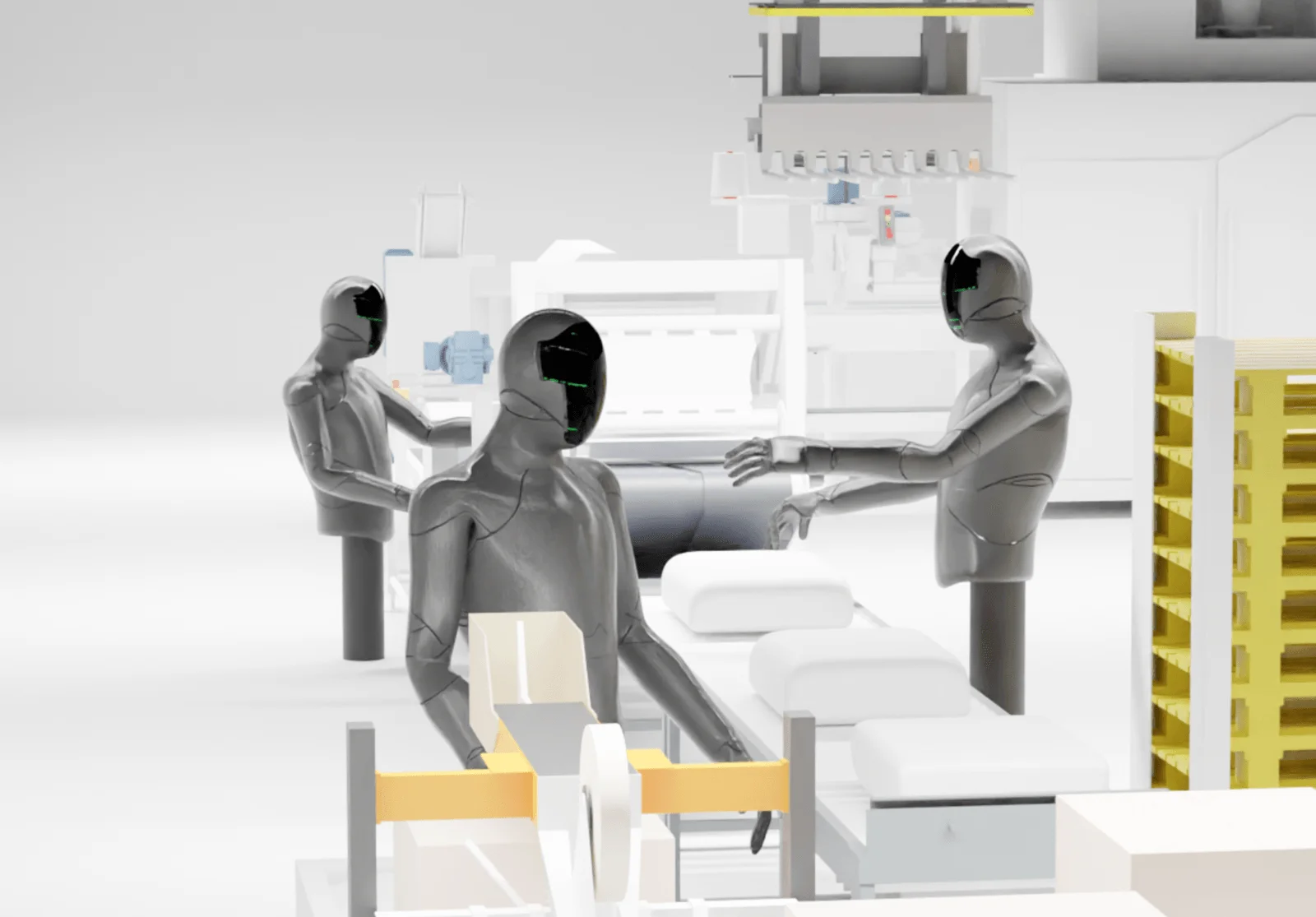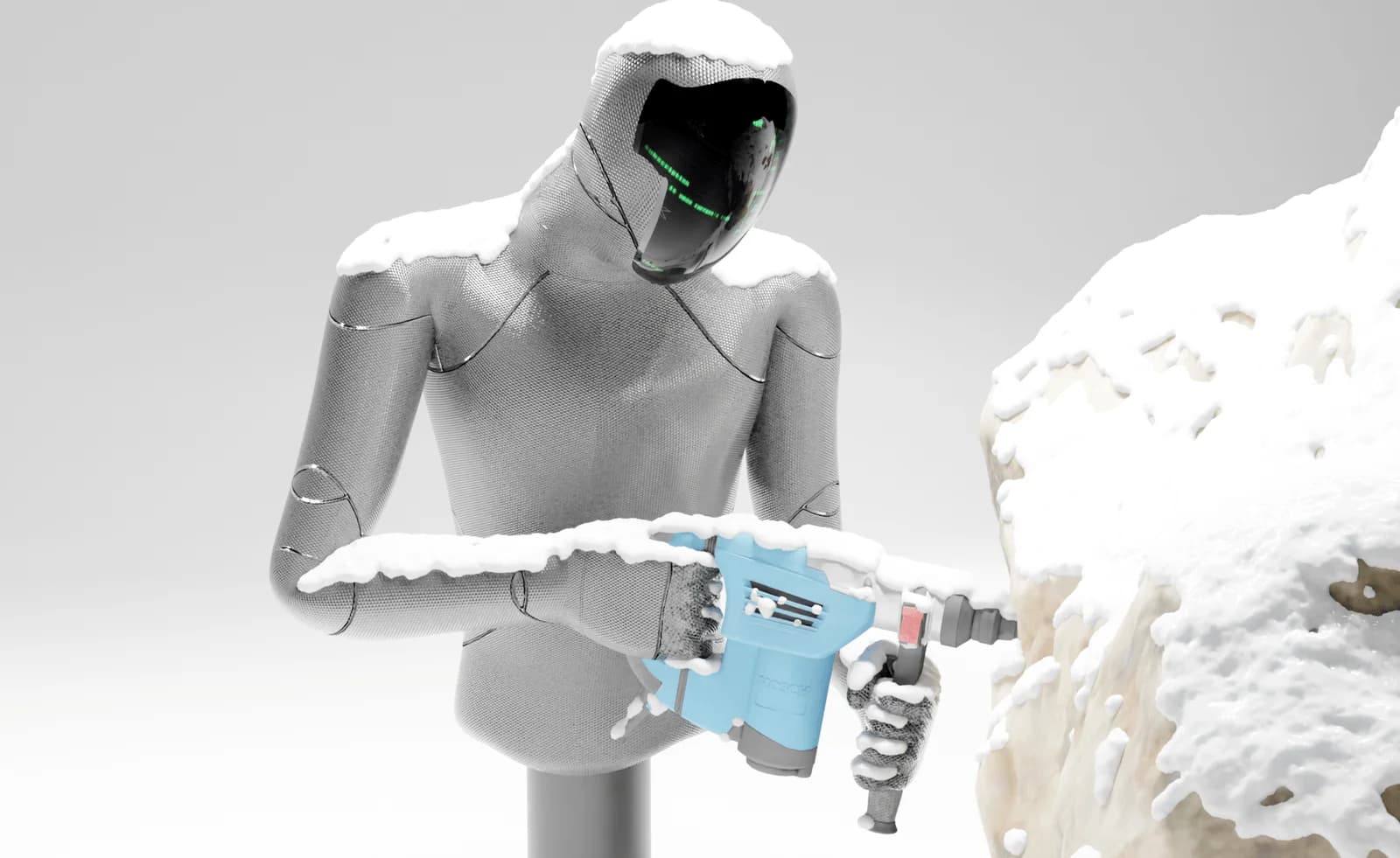- Published on
1X Co-Founder and "Principal Inventor" Splits to Launch Rival Robotics Firm

A key figure behind 1X Technologies has spun out to create a direct competitor, establishing a new company that represents a fundamental split in robotics philosophy just as 1X captures the global spotlight.
Dr. Phuong Nguyen, a co-founder of 1X (formerly Halodi Robotics) and the credited "principal inventor" of its EVE robot platform, has founded Physical Robotics AS. The new venture is based in Moss, Norway—the same "robot capital" that 1X calls home—and its founding follows a strategic schism that occurred at the company's most critical inflection point.

A Schism at the Pivot Point
Corporate and funding timelines highlight a significant moment of divergence. Dr. Nguyen, who was 1X's Chief Scientific Officer with "main responsibility for transmission design and real-time controllers," departed the company in February 2023.
His exit occurred just before 1X's March 2023 rebrand and its $23.5 million Series A led by the OpenAI Startup Fund. That funding round marked a major strategic pivot for 1X, shifting its focus toward an AI-first, consumer-focused humanoid, the NEO, and an "embodied learning" approach. This is the very data-first strategy that has become the subject of intense industry debate following NEO's recent pre-order launch.
Just months later, in August 2023, Dr. Nguyen founded Physical Robotics AS.

A Different Bet on a Data-First Strategy
The new venture's strategy is not an inverse of 1X's, but a different and deeply technical bet on how to build a data-flywheel.
-
A "Physical Intelligence" Data-Flywheel: The company's strategy mirrors 1X's in its reliance on a data-flywheel, just in a different domain. While 1X is using "Expert Mode" teleoperation to gather data from homes, Physical Robotics is targeting industry. The company has already signed letters of intent where a "key part" is that customers are open for the company to use the data the robots collect, to train the AI models further.
-
Hardware as the Key to Data: The fundamental difference in the approach appears to be about what data is most valuable. Nguyen argues most robots are for "stage demos" and lack sensitivity, dropping items instead of placing them gently. His bet is that "advanced force control" is the "key between the physical world and AI". The goal is to build "ultrasensitive robot hands" (with 16 DoF and 5 motors) to collect "physical data" (like texture and force) that vision-only models miss, and use this to train a multimodal "Physical Intelligence" (PI) model. To achieve this, the company is building everything "from scratch," including its "own motors," which are produced in Vietnam.
-
Pragmatic Form Factor: The first product is "Robot Pi," an upper-body humanoid. By avoiding the fiendishly complex problem of bipedal locomotion, the company can focus entirely on manipulation for its target markets of "fine electronics and assembly tasks" in manufacturing.
-
Pragmatic Funding: This philosophy is reflected in its funding. While 1X has raised over $125 million from global, AI-centric funds like OpenAI and EQT, Physical Robotics has raised approximately 40 million NOK (~$4M USD) from local Norwegian venture and industrial capital, including Skyfall Venture, Fiori Fund II, and ice cream manufacturer Hennig-Olsen Holding.
The company has also hired Andreas Mollatt, a former venture capital partner at Teknoinvest, as Chief Business Development Officer.

A Point of Clarification and a Dissenting Vision
As the new company enters the market, its branding creates a notable overlap with another major player. Physical Robotics has named its software concept "Physical Intelligence" and its robot "Pi". This is nearly identical to a prominent, $2.4 billion-funded US AI unicorn also named "Physical Intelligence," which has a product named "π0". Coincidentally, that US firm is also backed by OpenAI, the investor at the center of 1X's pivot. This similarity could create market confusion as the Norwegian company seeks to build its own global identity.
Share this article
Stay Ahead in Humanoid Robotics
Get the latest developments, breakthroughs, and insights in humanoid robotics — delivered straight to your inbox.